Contents
- I. Introduction
- II. Understanding Climate Change
- III. Conservation Strategies for Biodiversity Preservation
- IV. Impact of Climate Change on Wildlife Migration Patterns
- V. Conservation Strategies for Marine Ecosystems
- VI. The Role of Forest Conservation in Climate Change Mitigation
- VII. Conservation Strategies for Freshwater Ecosystems
- VIII. The Role of Indigenous Communities in Conservation
- IX. Conservation Strategies for Agriculture and Food Security
I. Introduction
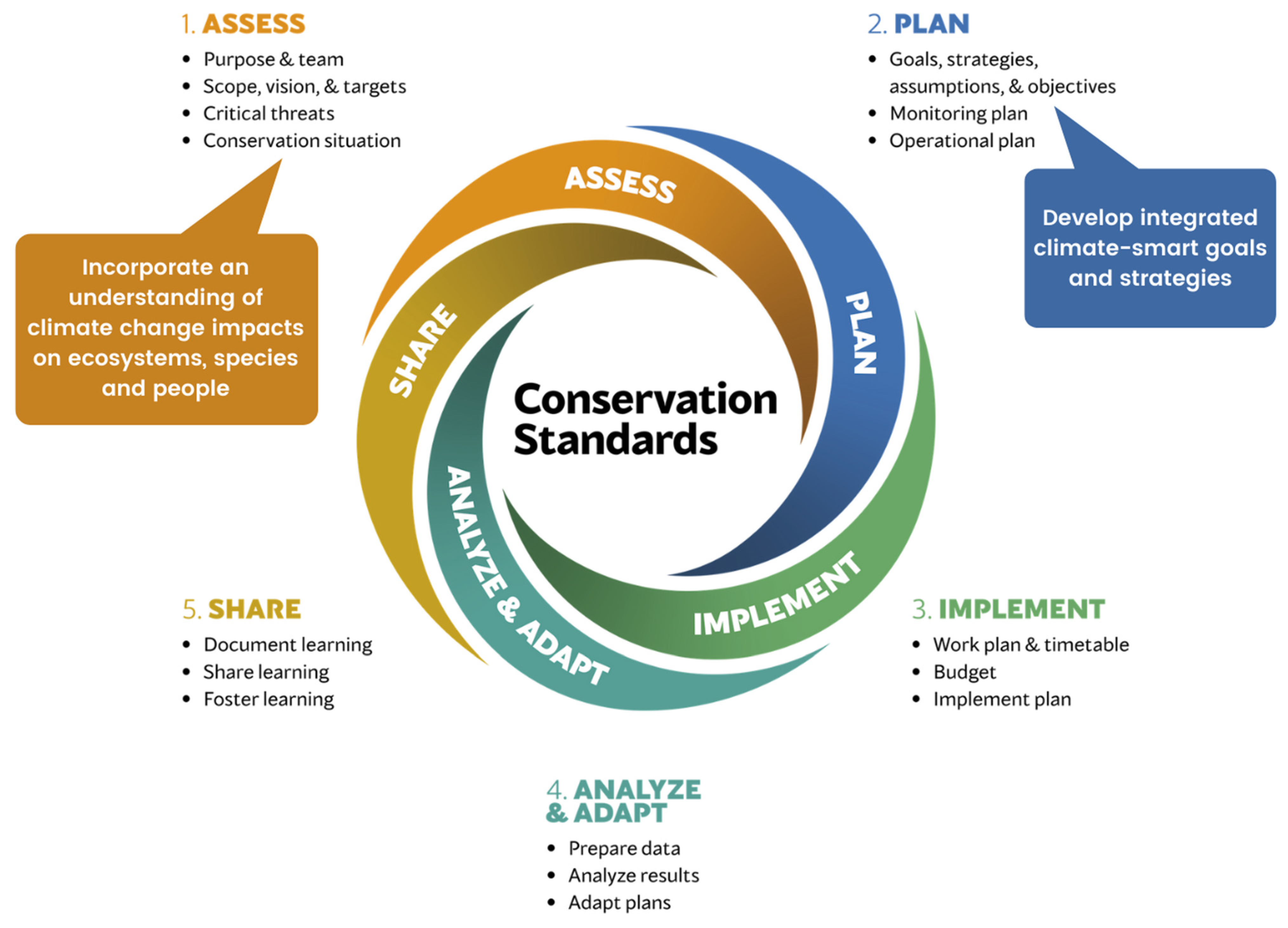
Climate change is a pressing issue that has far-reaching consequences for our planet and its inhabitants. As temperatures rise, weather patterns become more extreme, and sea levels continue to climb, the need for effective conservation strategies becomes increasingly urgent.
In this article, we will explore the impact of climate change on conservation strategies and discuss the importance of adapting our approaches to address the challenges posed by a changing climate. We will delve into the various ways in which climate change affects ecosystems, wildlife, and natural resources, and how these impacts necessitate a shift in our conservation efforts.
Moreover, we will examine the role of human activities in exacerbating climate change and explore the potential solutions that can help mitigate its effects. From reducing greenhouse gas emissions to promoting sustainable practices, we will highlight the actions that individuals, communities, and governments can take to protect our environment and preserve biodiversity.
Throughout this article, we will emphasize the interconnectedness of climate change and conservation, highlighting the need for a holistic approach that considers both the short-term and long-term impacts of environmental degradation. By understanding the complex relationship between climate change and conservation, we can develop effective strategies that not only mitigate the effects of climate change but also promote the long-term health and resilience of our ecosystems.
II. Understanding Climate Change
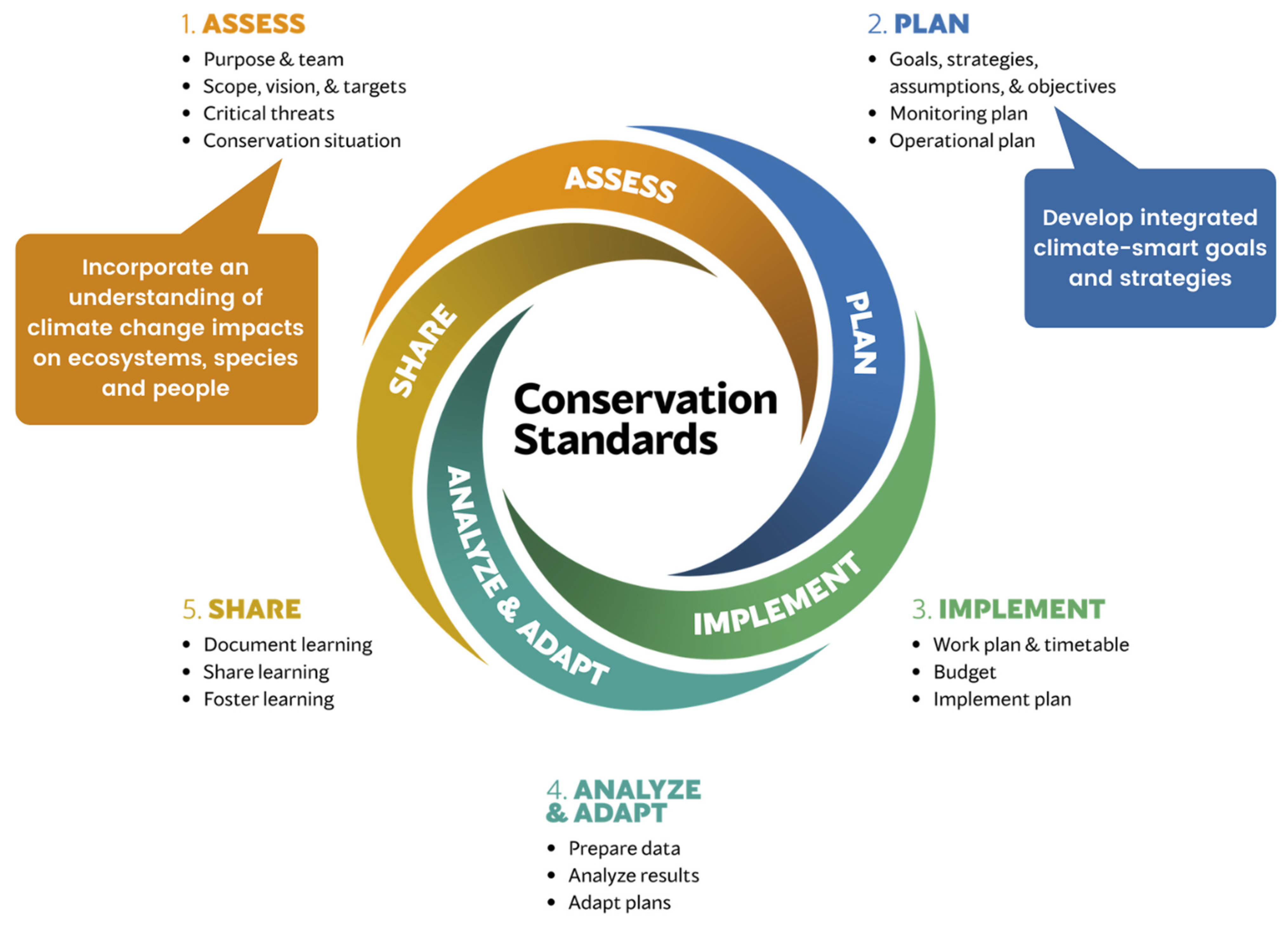
A. Causes of climate change
Climate change is a complex phenomenon that is primarily caused by human activities and natural processes. One of the main contributors to climate change is the burning of fossil fuels such as coal, oil, and natural gas. When these fuels are burned, they release greenhouse gases into the atmosphere, including carbon dioxide (CO2), methane (CH4), and nitrous oxide (N2O). These greenhouse gases trap heat from the sun, leading to a rise in global temperatures.
Deforestation is another significant cause of climate change. Trees absorb CO2 from the atmosphere, acting as a natural carbon sink. However, when forests are cleared for agriculture, logging, or urbanization, the stored carbon is released back into the atmosphere, contributing to the greenhouse effect.
Industrial processes, such as cement production and chemical manufacturing, also emit large amounts of CO2 and other greenhouse gases. Additionally, agricultural practices, particularly livestock farming, produce methane through enteric fermentation and manure management.
Natural processes, such as volcanic eruptions and variations in solar radiation, can also influence climate change. Volcanic eruptions release sulfur dioxide (SO2) into the atmosphere, which can reflect sunlight and temporarily cool the Earth’s surface. Changes in solar radiation can affect the amount of heat reaching the Earth, although these variations have a relatively small impact compared to human-induced greenhouse gas emissions.
B. Effects of climate change on ecosystems
Climate change has far-reaching effects on ecosystems, disrupting the delicate balance of biodiversity and ecological processes. Rising temperatures and changing precipitation patterns directly impact the distribution and behavior of plant and animal species.
One of the most visible effects of climate change is the loss of habitat and biodiversity. As temperatures increase, many species are forced to migrate to more suitable environments. However, the rate of climate change is often faster than the ability of species to adapt or move, leading to habitat loss and increased extinction rates.
Changes in temperature and precipitation also affect the timing of biological events, such as flowering, migration, and hibernation. For example, warmer winters can disrupt the hibernation patterns of certain animals, while shifts in rainfall patterns can affect the availability of food for migratory birds.
Rising sea levels, caused by the melting of polar ice caps and thermal expansion of seawater, pose a significant threat to coastal ecosystems. Coastal habitats, such as mangroves, salt marshes, and coral reefs, provide essential services, including coastal protection, carbon sequestration, and nurseries for fish and other marine species. However, these habitats are highly vulnerable to sea-level rise and increased storm surges.
Climate change also exacerbates other environmental challenges, such as air and water pollution. Higher temperatures can increase the formation of ground-level ozone, a harmful air pollutant, while changes in precipitation patterns can affect water quality and availability.
III. Conservation Strategies for Biodiversity Preservation
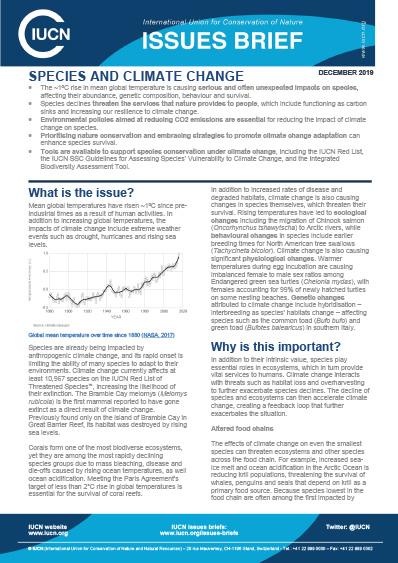
Conservation strategies play a crucial role in preserving biodiversity and mitigating the impact of climate change on ecosystems. In this section, we will explore the importance of biodiversity preservation, habitat restoration and protection, and species reintroduction programs.
A. Importance of Biodiversity Preservation
Biodiversity is the variety of life on Earth, including all species of plants, animals, and microorganisms, as well as the ecosystems they inhabit. It is essential for the health and stability of our planet, providing numerous benefits to humans and the environment.
Preserving biodiversity is crucial for maintaining ecosystem balance and resilience. Each species has a unique role to play in the ecosystem, and the loss of even a single species can have far-reaching consequences. Biodiversity ensures the provision of ecosystem services such as clean air and water, nutrient cycling, pollination, and pest control.
Furthermore, biodiversity is a source of inspiration for scientific and medical advancements. Many of the medicines we use today are derived from natural compounds found in plants and animals. Preserving biodiversity is not only an ethical responsibility but also a matter of self-interest.
B. Habitat Restoration and Protection
Habitat destruction and fragmentation are major threats to biodiversity. To counteract these impacts, habitat restoration and protection are essential conservation strategies.
Habitat restoration involves the rehabilitation of degraded ecosystems to their original state. This can include reforestation, wetland restoration, and the removal of invasive species. By restoring habitats, we can provide suitable conditions for native species to thrive and increase overall biodiversity.
Habitat protection focuses on preserving existing intact ecosystems. Protected areas, such as national parks and nature reserves, play a crucial role in safeguarding biodiversity. These areas provide a safe haven for numerous plant and animal species, allowing them to reproduce and maintain healthy populations.
Additionally, habitat corridors can be established to connect fragmented habitats. These corridors enable the movement of species between isolated patches of habitat, promoting gene flow and enhancing biodiversity.
C. Species Reintroduction Programs
Species reintroduction programs aim to restore populations of endangered or locally extinct species to their natural habitats. These programs are often implemented when the primary threats to a species have been mitigated, and suitable habitat is available.
Reintroducing species can have several benefits for biodiversity preservation. It helps restore ecological processes and interactions, such as predation and competition, which are essential for maintaining ecosystem balance. Reintroduced species can also serve as flagship species, drawing attention to broader conservation efforts and raising public awareness.
However, species reintroduction programs require careful planning and monitoring. Factors such as habitat suitability, availability of prey or food sources, and potential conflicts with human activities must be considered. Long-term monitoring is crucial to assess the success of reintroduction efforts and make necessary adjustments.
IV. Impact of Climate Change on Wildlife Migration Patterns
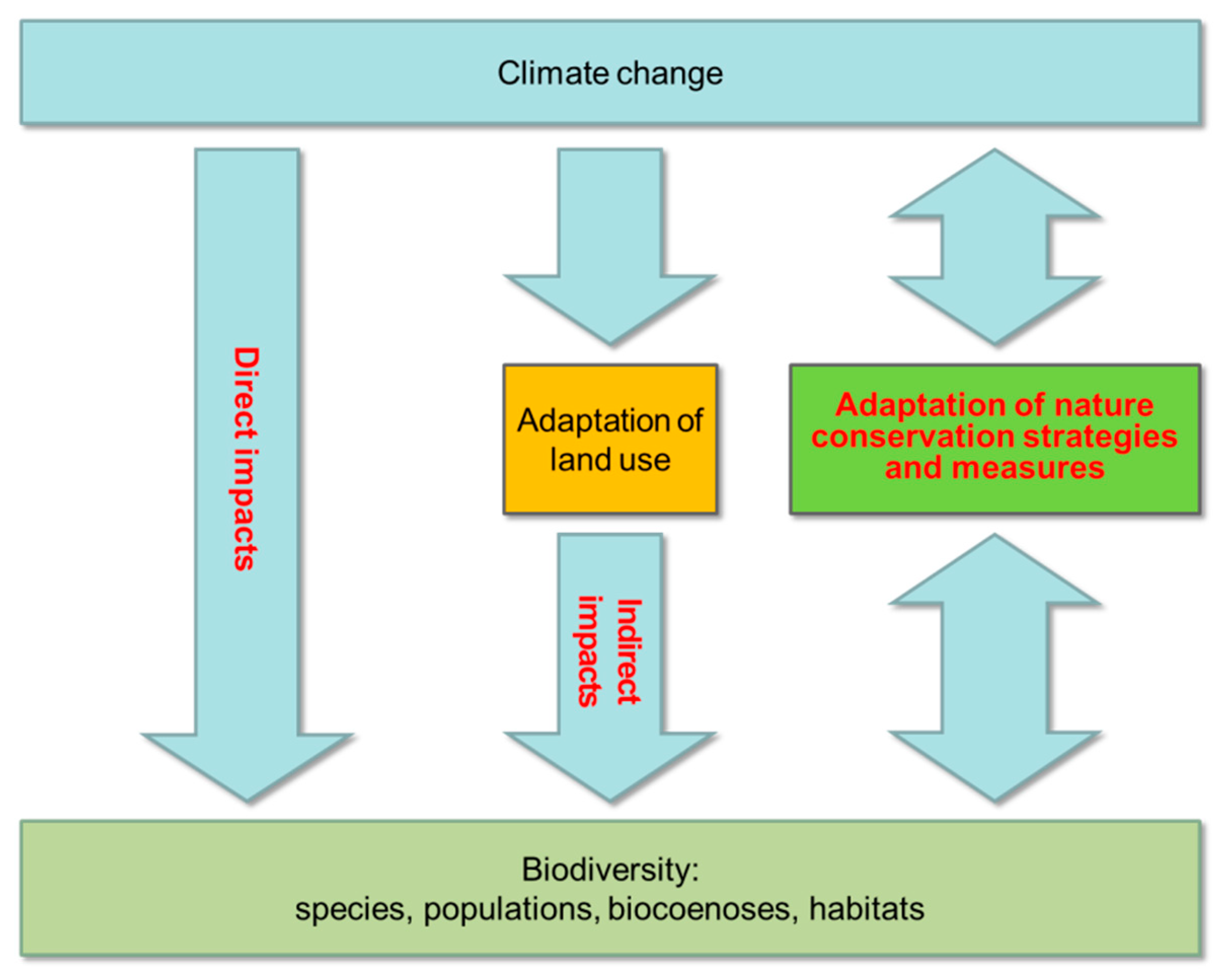
Climate change has had a profound impact on the migration patterns of wildlife across the globe. As temperatures rise and weather patterns become more unpredictable, animals are forced to adapt and find new routes for their seasonal journeys. This article will explore the changes in migration routes and the disruption of breeding and feeding patterns caused by climate change.
A. Changes in Migration Routes
One of the most noticeable effects of climate change on wildlife is the alteration of migration routes. Many species rely on specific environmental cues, such as temperature and food availability, to guide their long-distance journeys. However, with the changing climate, these cues are no longer reliable, leading to shifts in migration patterns.
For example, Arctic terns, known for their impressive annual migration from the Arctic to the Antarctic and back, are facing challenges due to climate change. Rising temperatures in the Arctic are affecting the availability of their primary food source, fish. As a result, these birds are being forced to travel longer distances to find suitable feeding grounds, altering their traditional migration routes.
In addition to changes in food availability, climate change also affects the timing of migration. Warmer temperatures can cause plants to bloom earlier, which in turn affects the availability of nectar for migratory birds such as hummingbirds. These birds rely on the timing of nectar production to fuel their long journeys, and any disruption can have severe consequences for their survival.
Furthermore, climate change can also impact the availability of stopover sites along migration routes. Many migratory species rely on specific locations to rest and refuel during their journeys. However, with the changing climate, these sites may no longer provide the necessary resources, such as food and water, leading to increased competition and potential population declines.
B. Disruption of Breeding and Feeding Patterns
Climate change not only affects migration routes but also disrupts the breeding and feeding patterns of wildlife. Many species rely on specific environmental conditions to breed and raise their young. However, with the changing climate, these conditions are becoming less predictable, leading to challenges for reproductive success.
For example, sea turtles, known for their nesting behavior on beaches, are facing challenges due to rising sea levels caused by climate change. As sea levels rise, nesting beaches are being eroded, leading to the loss of suitable nesting sites. This can have a significant impact on the population of sea turtles, as they rely on these beaches for successful reproduction.
Climate change can also disrupt the timing of food availability, affecting the feeding patterns of wildlife. For instance, polar bears rely on sea ice as a platform for hunting seals, their primary food source. However, with the melting of sea ice due to rising temperatures, polar bears are facing longer periods without access to their prey, leading to increased starvation and population decline.
Furthermore, changes in temperature and precipitation patterns can also impact the availability of food sources for migratory birds. For example, the red knot, a migratory bird that relies on horseshoe crab eggs for fuel during its journey, is facing challenges due to climate change. Warmer temperatures and altered rainfall patterns can affect the timing and abundance of horseshoe crab spawning, leading to food shortages for the red knot and potential population declines.
V. Conservation Strategies for Marine Ecosystems
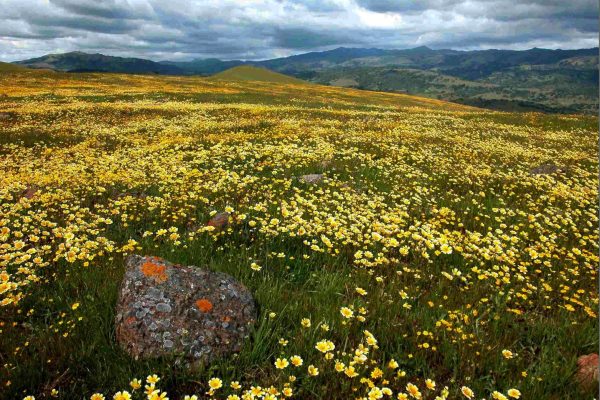
Marine ecosystems are facing numerous threats due to climate change and human activities. To ensure their long-term survival, it is crucial to implement effective conservation strategies. In this section, we will discuss three key conservation strategies for marine ecosystems: ocean acidification and its effects, coral reef conservation efforts, and the protection of marine biodiversity hotspots.
A. Ocean Acidification and Its Effects
Ocean acidification is a process that occurs when carbon dioxide (CO2) is absorbed by seawater, leading to a decrease in pH levels. This phenomenon is primarily caused by the burning of fossil fuels and deforestation, which release large amounts of CO2 into the atmosphere. As the ocean absorbs more CO2, it becomes more acidic, posing significant threats to marine life.
The increased acidity of seawater has detrimental effects on various marine organisms, particularly those with calcium carbonate shells or skeletons, such as corals, mollusks, and some plankton species. The acidic conditions make it difficult for these organisms to build and maintain their protective structures, leading to reduced growth rates, weakened structures, and increased vulnerability to predation and disease.
To address the issue of ocean acidification, it is essential to reduce CO2 emissions and promote sustainable practices. This can be achieved through the implementation of renewable energy sources, such as solar and wind power, and the adoption of more environmentally friendly transportation methods. Additionally, efforts should be made to protect and restore coastal habitats, such as mangroves and seagrass beds, which act as natural carbon sinks and help mitigate the effects of ocean acidification.
B. Coral Reef Conservation Efforts
Coral reefs are among the most biodiverse ecosystems on the planet, providing habitat for a wide range of marine species. However, they are highly vulnerable to the impacts of climate change, pollution, overfishing, and destructive fishing practices. As a result, coral reefs are experiencing widespread degradation and are in urgent need of conservation efforts.
Conservation organizations and governments around the world are working together to protect and restore coral reefs. One of the key strategies is the establishment of marine protected areas (MPAs), which restrict certain activities, such as fishing and anchoring, to reduce human impacts on coral reefs. MPAs also serve as important research and monitoring sites, providing valuable data on the health and resilience of coral reef ecosystems.
In addition to MPAs, coral reef restoration projects are being carried out to help recover damaged or degraded reefs. These projects involve the transplantation of coral fragments onto artificial structures or damaged reef areas, allowing them to grow and rebuild the reef ecosystem. By actively engaging local communities and raising awareness about the importance of coral reefs, these initiatives aim to create a sense of stewardship and promote sustainable practices.
C. Protection of Marine Biodiversity Hotspots
Marine biodiversity hotspots are areas that harbor a high concentration of unique and threatened species. These hotspots are often characterized by high levels of endemism, meaning that the species found there are found nowhere else in the world. Protecting these areas is crucial for preserving global biodiversity and ensuring the long-term survival of marine species.
Efforts to protect marine biodiversity hotspots involve the establishment of marine protected areas and the implementation of sustainable fishing practices. These measures aim to reduce the impact of human activities, such as overfishing and habitat destruction, on these fragile ecosystems. By conserving these hotspots, we can safeguard the rich biodiversity they support and maintain the ecological balance of the marine environment.
VI. The Role of Forest Conservation in Climate Change Mitigation
Forests play a crucial role in mitigating climate change through various mechanisms. In this section, we will explore the importance of forests in carbon sequestration, sustainable logging practices, and reforestation initiatives.
A. Carbon sequestration by forests
Forests act as vital carbon sinks, absorbing carbon dioxide from the atmosphere and storing it in trees, plants, and soil. This process, known as carbon sequestration, helps reduce greenhouse gas emissions and mitigates the impacts of climate change.
Through photosynthesis, trees absorb carbon dioxide and release oxygen, making forests one of the most effective natural solutions for combating climate change. The carbon stored in forests helps regulate the global carbon cycle and maintain a balance in atmospheric carbon dioxide levels.
Protecting existing forests and promoting afforestation and reforestation efforts are essential for maximizing carbon sequestration. By preserving and expanding forest cover, we can enhance the capacity of forests to absorb carbon dioxide and contribute to climate change mitigation.
B. Sustainable logging practices
While the conservation of forests is crucial, sustainable logging practices can also play a role in climate change mitigation. Responsible logging practices ensure that timber extraction is carried out in a manner that minimizes environmental impact and promotes the long-term health and productivity of forests.
By adopting sustainable logging practices, such as selective logging and reduced-impact logging, we can minimize deforestation and forest degradation. These practices involve carefully selecting which trees to harvest, leaving behind younger trees for regeneration, and implementing measures to protect soil and water resources.
Sustainable logging practices also focus on maximizing the utilization of harvested timber, reducing waste, and promoting the use of certified sustainable wood products. This approach helps reduce the demand for illegal logging and encourages the adoption of sustainable forestry practices worldwide.
C. Reforestation initiatives
Reforestation initiatives are essential for restoring degraded forests, enhancing biodiversity, and mitigating climate change. These initiatives involve planting trees in areas that have been deforested or have experienced significant forest loss.
Reforestation not only helps sequester carbon dioxide but also provides numerous ecological and socio-economic benefits. Trees planted through reforestation efforts contribute to habitat restoration, soil stabilization, water regulation, and the provision of valuable ecosystem services.
Furthermore, reforestation initiatives can support local communities by creating employment opportunities, improving livelihoods, and promoting sustainable land management practices.
It is important to prioritize native tree species in reforestation projects to ensure the restoration of diverse and resilient ecosystems. Native trees are better adapted to local conditions, provide habitat for native wildlife, and contribute to the overall health and functioning of forest ecosystems.
VII. Conservation Strategies for Freshwater Ecosystems
Freshwater ecosystems are vital for sustaining life on Earth. They provide us with clean drinking water, support a diverse range of species, and play a crucial role in regulating our climate. However, these ecosystems are under threat from various factors, including climate change, pollution, and habitat destruction. In order to protect and conserve freshwater ecosystems, it is important to implement effective strategies that address these challenges. In this section, we will explore some of the key conservation strategies for freshwater ecosystems.
A. Effects of climate change on freshwater resources
Climate change is one of the biggest threats to freshwater resources. Rising temperatures, changing precipitation patterns, and increased frequency of extreme weather events are all impacting the availability and quality of freshwater. As a result, it is important to develop strategies that mitigate the effects of climate change on freshwater ecosystems.
One such strategy is the promotion of water conservation practices. This can include implementing water-saving technologies, such as low-flow fixtures and efficient irrigation systems, as well as raising awareness about the importance of water conservation among the general public. Additionally, restoring and protecting natural habitats, such as wetlands and forests, can help to regulate water flow and improve water quality.
Another important aspect of climate change adaptation is the development of resilient infrastructure. This can involve building or upgrading water treatment plants and flood control systems to withstand the impacts of climate change. It is also important to consider the needs of vulnerable communities, such as those living in low-lying areas or areas prone to drought, and develop strategies to ensure their access to clean and reliable water sources.
B. Watershed protection and restoration
Watersheds play a critical role in the health of freshwater ecosystems. A watershed is an area of land that drains into a specific body of water, such as a river or lake. Protecting and restoring watersheds is essential for maintaining the quality and quantity of freshwater resources.
One strategy for watershed protection is the implementation of land use planning and zoning regulations. This can help to prevent the conversion of natural areas, such as forests and wetlands, into urban or agricultural land. By preserving these natural areas, we can ensure the integrity of the watershed and prevent erosion, sedimentation, and pollution.
Restoring degraded watersheds is another important conservation strategy. This can involve activities such as reforestation, wetland restoration, and streambank stabilization. These efforts help to improve water quality, reduce erosion, and provide habitat for a variety of species.
C. Conservation of freshwater species
Freshwater ecosystems are home to a wide range of species, many of which are unique and highly specialized. However, habitat loss, pollution, and overexploitation are threatening the survival of these species. In order to conserve freshwater species, it is important to implement targeted conservation measures.
One strategy for freshwater species conservation is the establishment of protected areas. These can include national parks, wildlife refuges, and marine reserves. By designating these areas, we can provide a safe haven for endangered species and protect their habitats from human activities.
Another important conservation strategy is the implementation of sustainable fishing practices. Overfishing can have devastating effects on freshwater species, leading to population declines and ecosystem imbalances. By implementing regulations, such as catch limits and size restrictions, we can ensure the long-term sustainability of fish populations.
Education and outreach are also crucial for freshwater species conservation. By raising awareness about the importance of biodiversity and the threats facing freshwater ecosystems, we can inspire individuals and communities to take action. This can include activities such as citizen science projects, habitat restoration initiatives, and responsible recreation practices.
VIII. The Role of Indigenous Communities in Conservation
Indigenous communities play a crucial role in conservation efforts worldwide. Their traditional knowledge and practices, as well as their community-led initiatives, have proven to be effective in preserving and protecting the environment. In this section, we will explore the significance of indigenous communities in conservation and highlight the importance of their contributions.
A. Traditional knowledge and practices
Indigenous communities have a deep understanding of their local ecosystems, gained through generations of living in harmony with nature. Their traditional knowledge and practices have been passed down through oral traditions and are based on a profound connection to the land.
One key aspect of indigenous traditional knowledge is the recognition of the interconnectedness of all living beings. Indigenous communities understand that the well-being of the environment is directly linked to their own well-being. This holistic approach to conservation ensures that their practices are sustainable and respectful of the natural world.
For example, many indigenous communities have developed sophisticated agricultural techniques that promote biodiversity and soil fertility. They utilize traditional farming methods such as agroforestry, intercropping, and crop rotation, which help to maintain the health of the soil and prevent erosion. These practices not only ensure food security for the community but also contribute to the overall conservation of the ecosystem.
Indigenous communities also possess a wealth of knowledge about medicinal plants and their uses. Traditional healers within these communities have a deep understanding of the healing properties of various plants and have developed remedies for a wide range of ailments. This knowledge is not only valuable for the health and well-being of the community but also for the conservation of plant species and their habitats.
Furthermore, indigenous communities have a profound respect for wildlife and have developed practices that promote coexistence. They have established sacred sites and protected areas where hunting and fishing are regulated to ensure the sustainability of these resources. By maintaining a balance between human needs and the needs of the ecosystem, indigenous communities contribute to the preservation of biodiversity.
B. Community-led conservation initiatives
Indigenous communities are at the forefront of community-led conservation initiatives. These initiatives are driven by the community’s deep connection to the land and their commitment to preserving their cultural heritage and way of life.
One example of a community-led conservation initiative is the establishment of indigenous-managed protected areas. These areas are created and managed by indigenous communities to protect their ancestral lands and the biodiversity within them. Indigenous communities have a deep understanding of the ecological value of these areas and have developed effective strategies for their conservation.
Indigenous communities also engage in sustainable resource management practices, such as community-based fisheries and forestry management. These practices ensure the sustainable use of natural resources while preserving the integrity of the ecosystem. By actively participating in the management of their resources, indigenous communities are able to protect their livelihoods and contribute to the conservation of the environment.
Furthermore, indigenous communities often play a crucial role in advocating for the rights of their lands and territories. They have been at the forefront of movements to secure legal recognition of their ancestral lands and to protect them from encroachment and exploitation. Their efforts have not only safeguarded their own territories but have also contributed to the conservation of vast areas of pristine ecosystems.
Indigenous communities also contribute to scientific research and monitoring efforts. Their traditional knowledge and practices provide valuable insights into the functioning of ecosystems and the impacts of environmental changes. By collaborating with scientists and researchers, indigenous communities are able to contribute to the development of effective conservation strategies.
IX. Conservation Strategies for Agriculture and Food Security
Climate change poses significant challenges to agriculture and food security. As temperatures rise, extreme weather events become more frequent, and natural resources become scarce, it is crucial to implement conservation strategies that promote sustainable and climate-smart agriculture practices. In this section, we will explore some key conservation strategies that can help mitigate the impact of climate change on agriculture and ensure food security for future generations.
A. Climate-smart agriculture techniques
Climate-smart agriculture (CSA) refers to a set of practices that aim to increase agricultural productivity, enhance resilience to climate change, and reduce greenhouse gas emissions. These techniques focus on improving soil health, water management, and crop selection to adapt to changing climatic conditions. CSA techniques include:
- Conservation agriculture: This approach involves minimizing soil disturbance, maintaining crop residues on the soil surface, and diversifying crop rotations. By reducing soil erosion and improving soil organic matter, conservation agriculture helps to enhance soil fertility and water retention.
- Agroforestry: Agroforestry integrates trees and shrubs with crops or livestock systems. Trees provide shade, windbreaks, and nutrient cycling, while also sequestering carbon dioxide from the atmosphere. Agroforestry systems can improve soil fertility, enhance biodiversity, and provide additional sources of income for farmers.
- Water-efficient irrigation: With water becoming increasingly scarce, adopting water-efficient irrigation techniques is crucial. Drip irrigation, precision sprinklers, and micro-irrigation systems help to minimize water wastage and ensure that crops receive the right amount of water at the right time.
B. Sustainable farming practices
Sustainable farming practices aim to minimize the negative environmental impact of agriculture while maximizing productivity and profitability. These practices focus on reducing chemical inputs, conserving natural resources, and promoting biodiversity. Some key sustainable farming practices include:
- Organic farming: Organic farming eliminates the use of synthetic fertilizers, pesticides, and genetically modified organisms. Instead, it relies on natural fertilizers, crop rotation, and biological pest control methods. Organic farming helps to protect soil health, minimize water pollution, and preserve biodiversity.
- Integrated pest management (IPM): IPM is an ecosystem-based approach to pest management that combines biological, cultural, and chemical control methods. By promoting natural pest predators, using resistant crop varieties, and monitoring pest populations, farmers can minimize the use of chemical pesticides and reduce their environmental impact.
- Cover cropping: Cover cropping involves planting non-cash crops, such as legumes or grasses, during fallow periods. These cover crops help to prevent soil erosion, improve soil fertility, and suppress weed growth. Cover cropping also enhances carbon sequestration and promotes beneficial soil microorganisms.
C. Crop diversity and genetic resources preservation
Crop diversity plays a crucial role in ensuring food security and resilience to climate change. By preserving and utilizing a wide range of crop varieties, farmers can adapt to changing environmental conditions and reduce the risk of crop failure. Some strategies for crop diversity and genetic resources preservation include:
- Seed banks: Seed banks are repositories that store and preserve a diverse range of crop seeds. These seeds can be used to reintroduce rare or endangered crop varieties, develop new crop varieties, and safeguard genetic resources for future generations.
- Community seed banks: Community seed banks involve local farmers and communities in the conservation and exchange of traditional crop varieties. These seed banks help to preserve indigenous knowledge, promote local food systems, and enhance crop diversity at the grassroots level.
- On-farm conservation: On-farm conservation involves farmers actively participating in the conservation and management of crop diversity. By growing and saving traditional crop varieties on their farms, farmers contribute to the preservation of genetic resources and maintain local agroecosystems.
By implementing climate-smart agriculture techniques, adopting sustainable farming practices, and preserving crop diversity and genetic resources, we can enhance the resilience of our agricultural systems and ensure food security in the face of climate change. It is crucial for policymakers, farmers, and stakeholders to collaborate and prioritize these conservation strategies to build a sustainable and resilient future for agriculture and food security.
A. Threats to protected areas
Climate change poses significant threats to protected areas around the world. These areas, which are designated to conserve biodiversity and natural ecosystems, are facing a range of challenges as a result of changing climatic conditions. One of the primary threats is the loss of habitat due to rising temperatures and changing precipitation patterns.
As temperatures increase, many species are forced to migrate to higher latitudes or elevations in search of suitable habitats. This can disrupt the delicate balance of ecosystems and lead to the decline or extinction of certain species. Protected areas that were once home to diverse plant and animal communities may no longer be able to support the same level of biodiversity.
In addition to habitat loss, climate change also increases the frequency and intensity of extreme weather events such as hurricanes, droughts, and wildfires. These events can have devastating impacts on protected areas, causing widespread damage to ecosystems and infrastructure. For example, wildfires can destroy large areas of forest, while hurricanes can uproot trees and flood low-lying areas.
Another threat to protected areas is the spread of invasive species. As temperatures rise, some species are able to expand their range into new areas previously unsuitable for their survival. These invasive species can outcompete native species for resources and disrupt the natural balance of ecosystems. Protected areas that were once free from invasive species may now have to contend with their presence.
Climate change also affects the availability of water resources, which is essential for the survival of many species and ecosystems. Changes in precipitation patterns can lead to droughts or floods, both of which can have detrimental effects on protected areas. Droughts can cause water scarcity, leading to the loss of wetlands and the decline of aquatic species. Floods, on the other hand, can result in the erosion of soil and the destruction of habitats.
